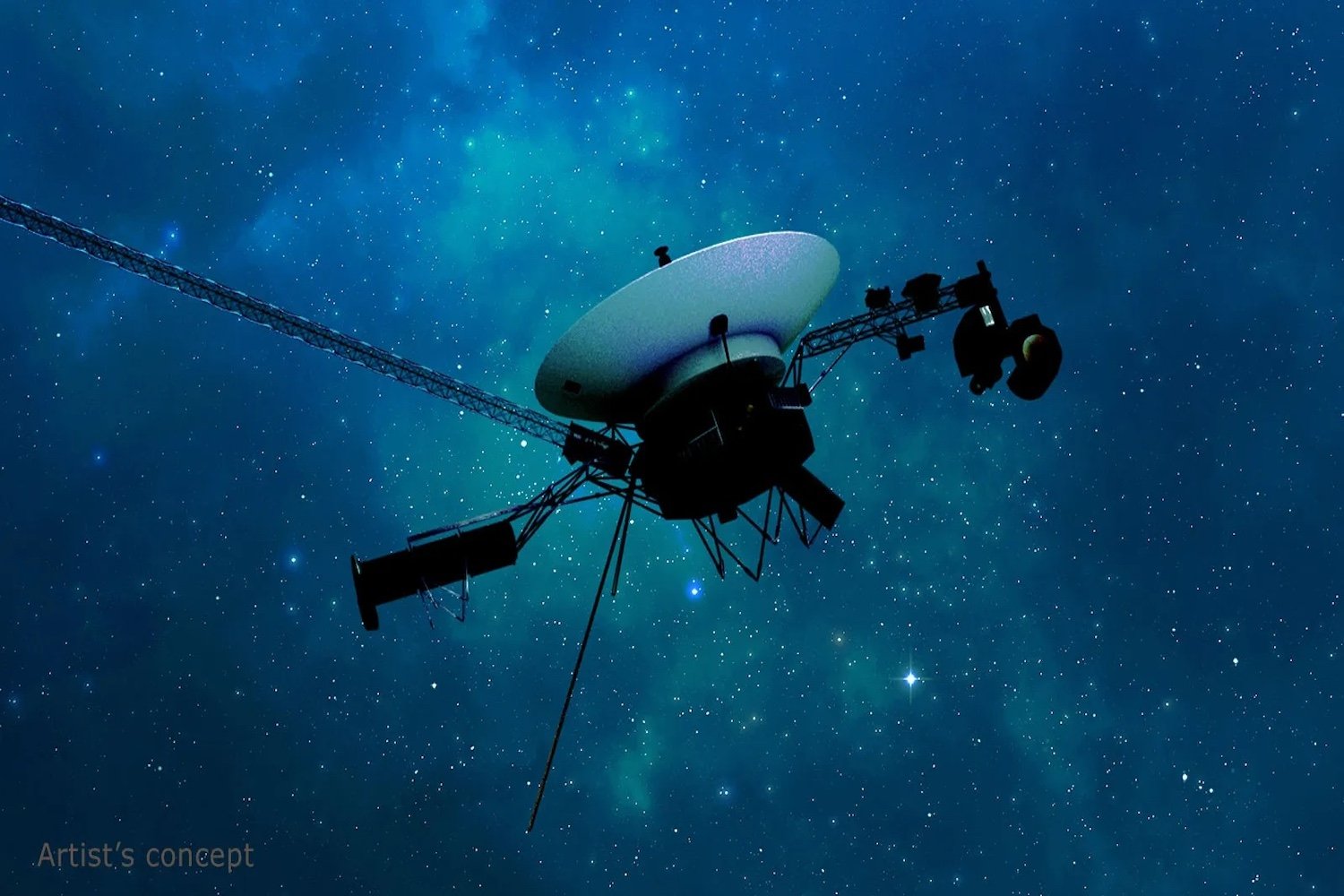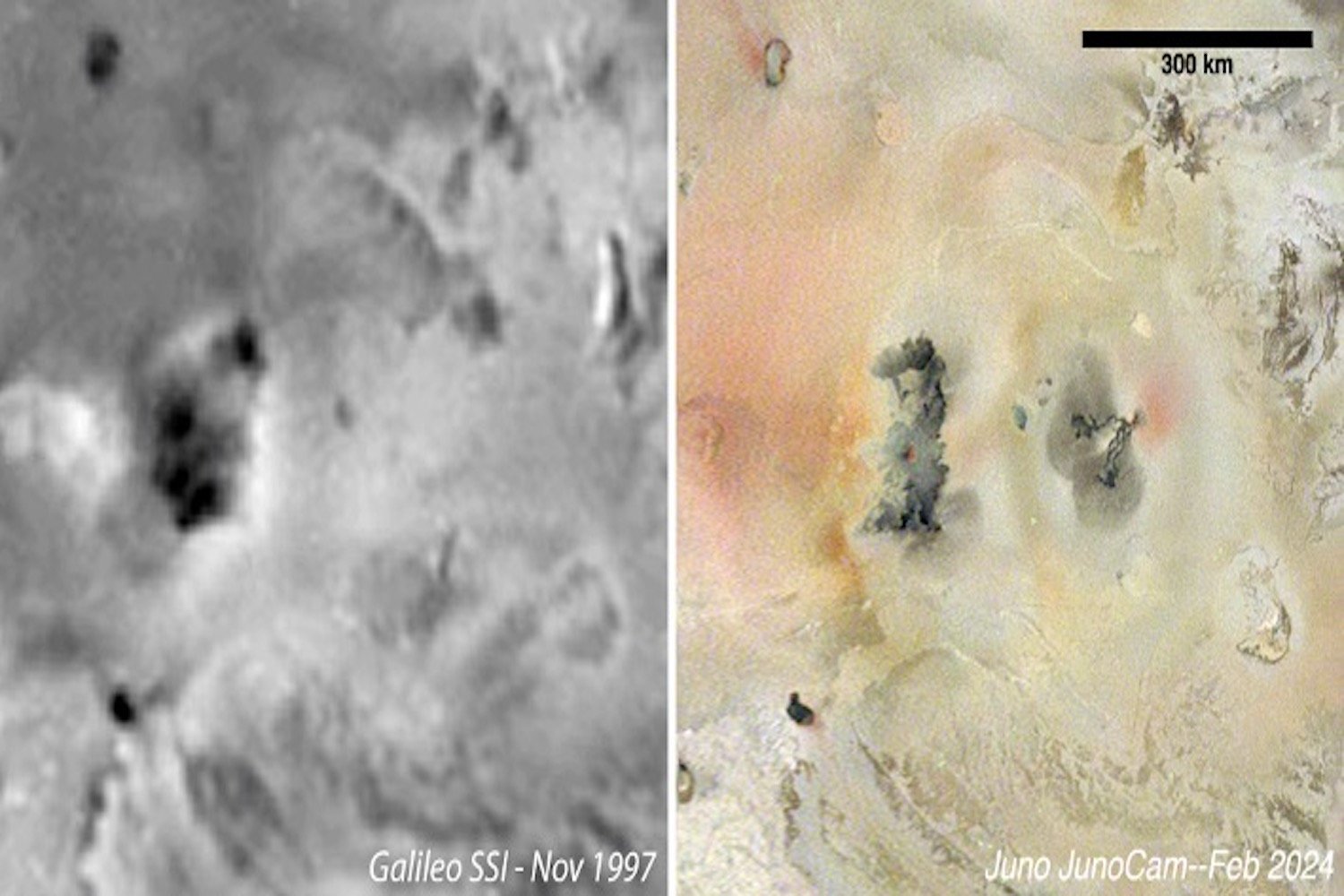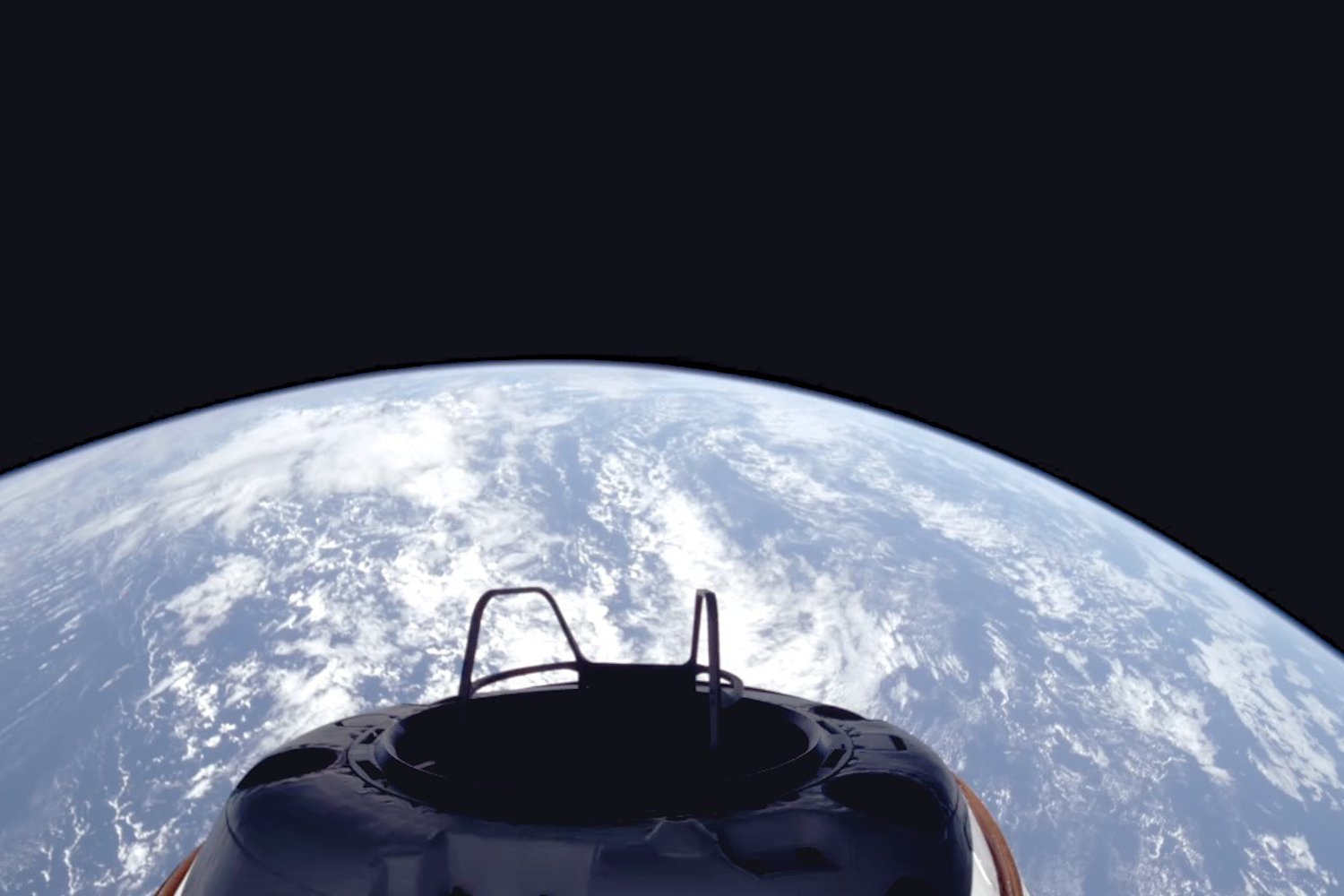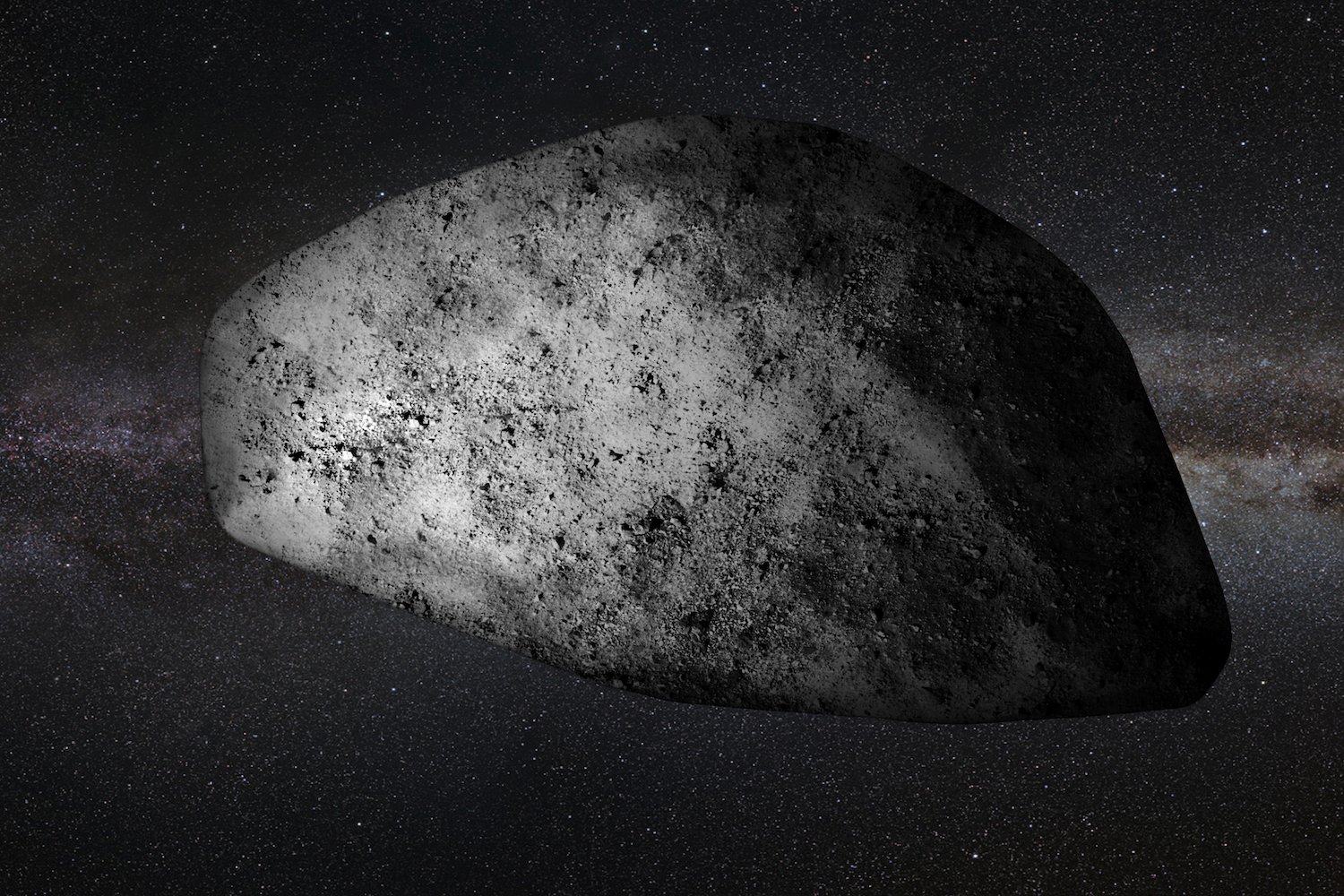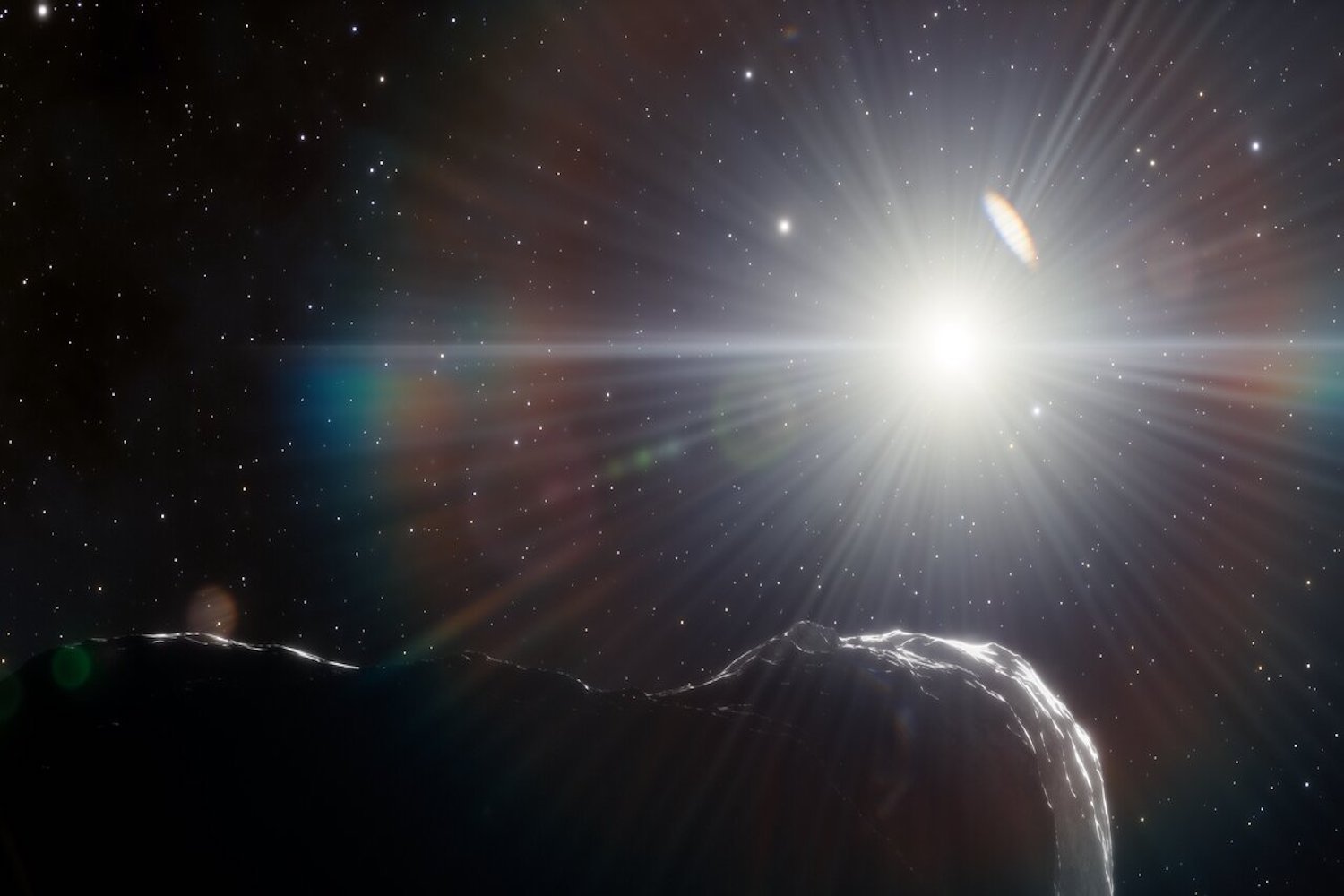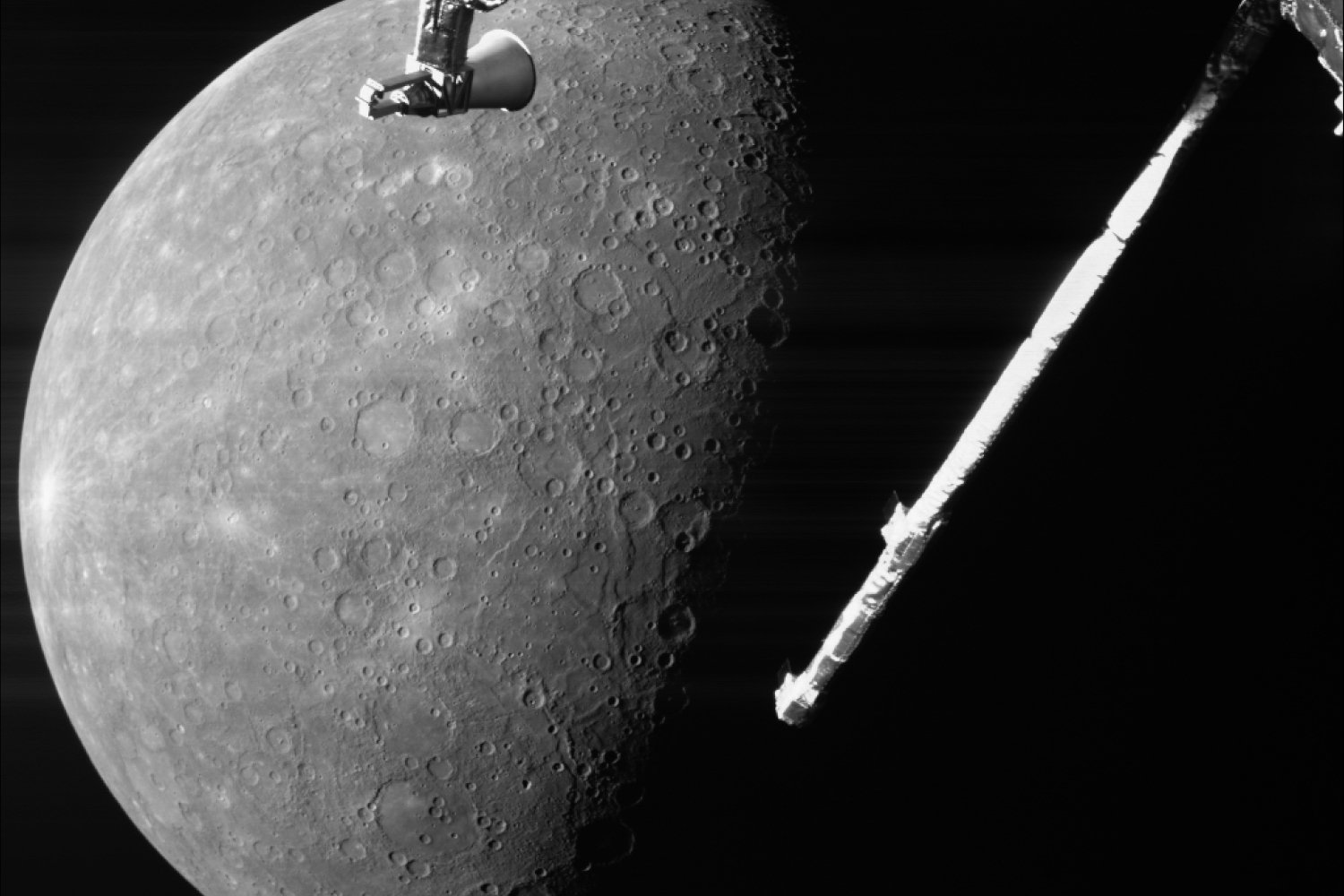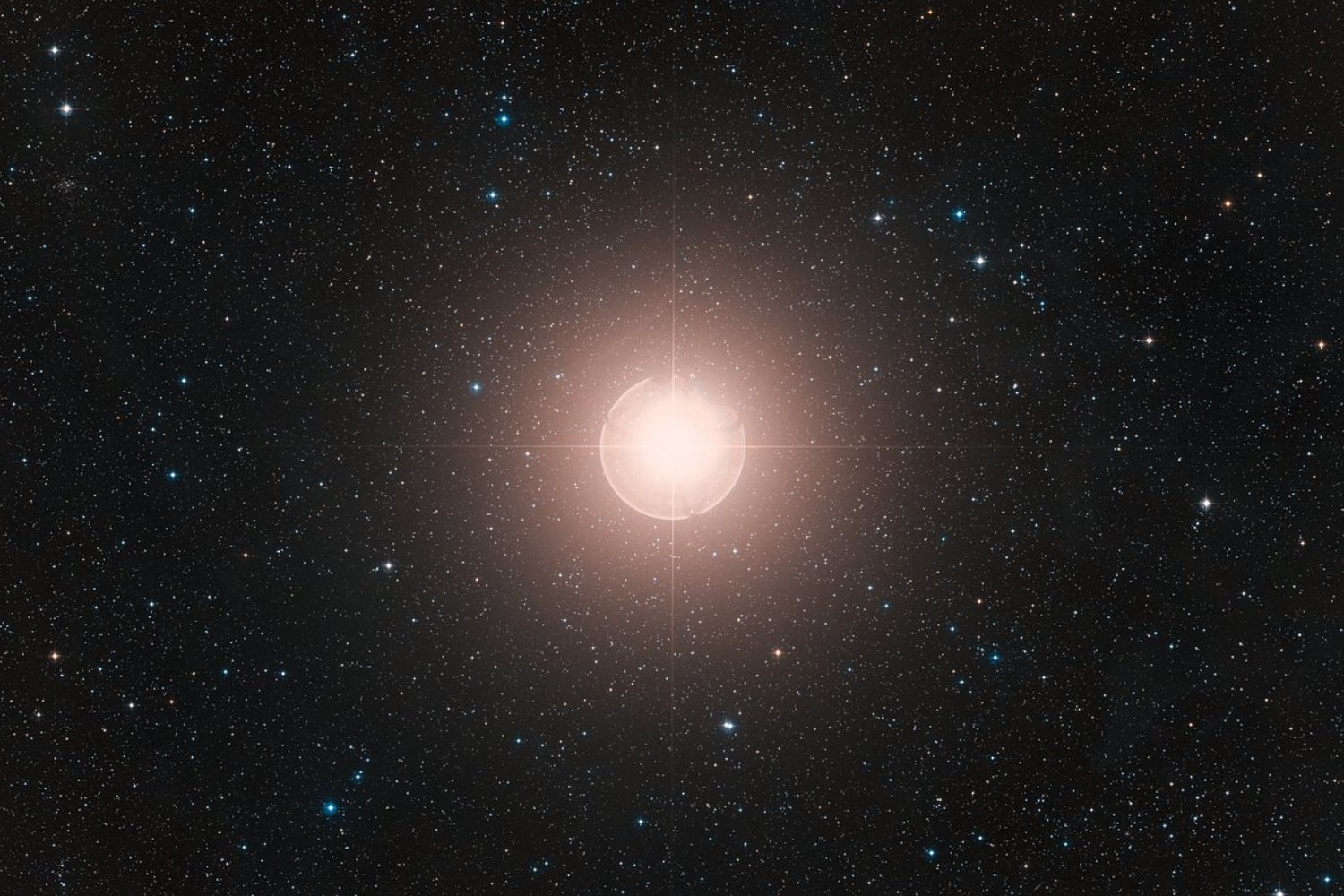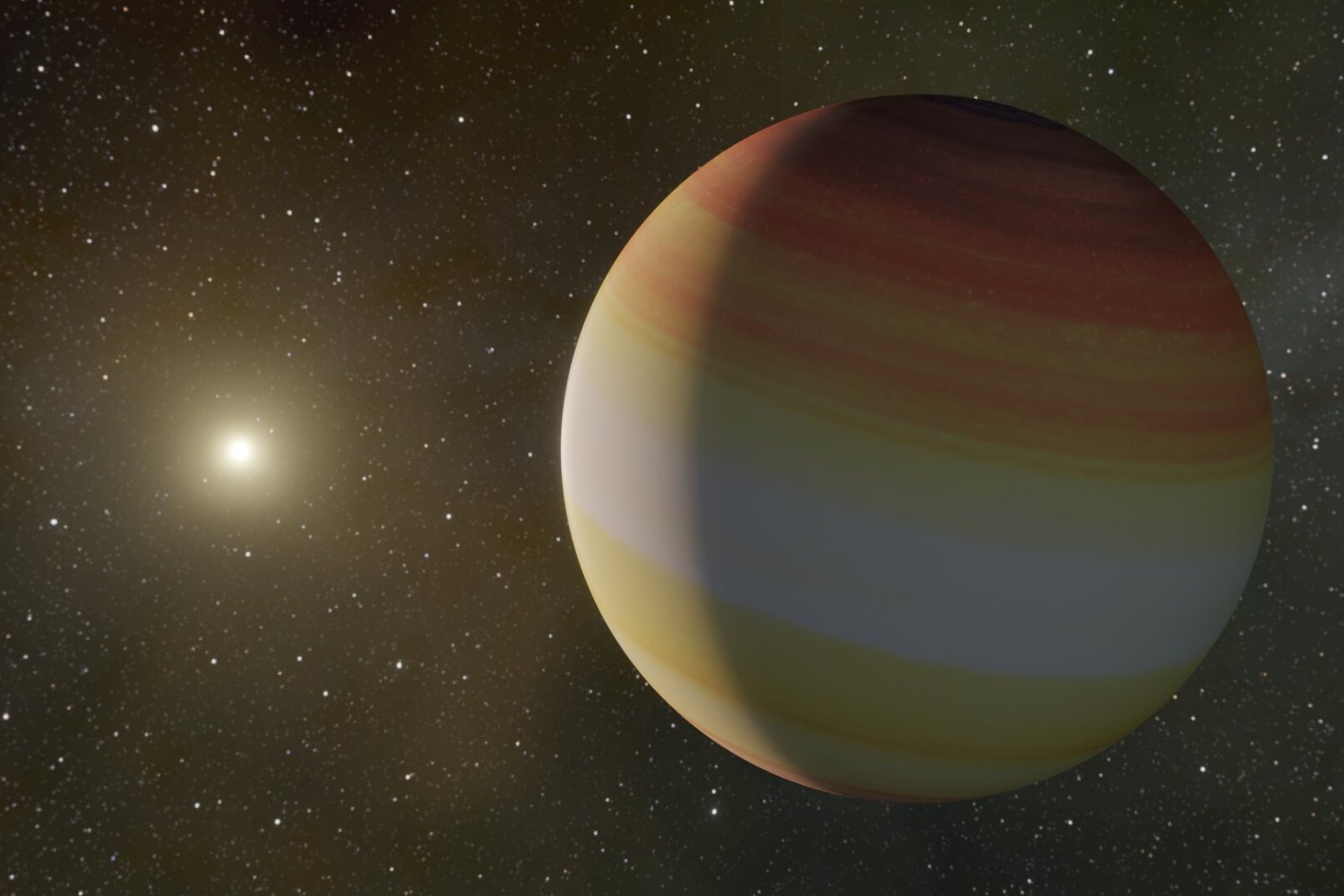Voyager 1, a spacecraft that has been traversing the cosmos for an incredible 47 years, is facing new challenges as its aging hardware begins to show its age. The intrepid probe, which has journeyed beyond our solar system, is experiencing issues with its thrusters, requiring NASA engineers to devise creative solutions to keep the mission alive.
The vast distances Voyager 1 has covered have taken a toll on its thrusters, causing them to become clogged with silicon dioxide, a byproduct of aging within the spacecraft’s fuel tank. This residue, accumulating within the fuel tubes, restricts the thrusters’ ability to function correctly. To address this, NASA engineers recently switched to a backup set of thrusters, only to discover they too were suffering from similar clogging issues.
Navigating with Aging Hardware
Voyager 1 relies on its thrusters to orient itself towards Earth, maintaining vital communication links with ground control. The spacecraft is equipped with three sets of thrusters: two for attitude propulsion and one designed for trajectory correction maneuvers. While all three were essential during the early planetary flyby stages of the mission, Voyager 1’s current trajectory out of the solar system allows for more flexibility in thruster usage.
The clogging issue first surfaced in 2002 when the mission team at NASA’s Jet Propulsion Laboratory noticed blockages in one set of attitude propulsion thrusters. A switch was made to the second set, but by 2018, these too began exhibiting signs of clogging. This led the team to utilize the trajectory correction thrusters. However, over the past six years, these thrusters have become even more clogged than the others. According to NASA, the opening of the trajectory correction thruster tube has shrunk from its original 0.01 inches (0.25 millimeters) in diameter to a mere 0.0015 inches (0.035 mm), roughly half the width of a human hair. This necessitated a return to one of the original attitude propulsion thruster sets.
A Delicate Balancing Act
Switching thrusters on a spacecraft as aged as Voyager 1 is a delicate operation. To conserve power, controllers had previously deactivated non-essential systems, including some heaters. While this successfully reduced power consumption, it also led to a drop in the spacecraft’s overall temperature. Reactivating the unused thrusters in this cold state risked damage, so the team had to carefully warm them up using the spacecraft’s non-essential heaters.
This presented another dilemma: Voyager 1’s power supply is now so limited that turning on the non-essential heaters required turning off other essential systems. The ingenious solution involved briefly deactivating the main heaters for about an hour, providing just enough time to warm up the targeted thrusters.
The Future of Voyager 1
The successful reactivation of the thruster is a testament to the team’s ingenuity, but it highlights the increasing challenges of maintaining the aging interstellar probe. “All the decisions we will have to make going forward are going to require a lot more analysis and caution than they once did,” Suzanne Dodd, Voyager’s project manager, stated.
Launched in 1977, Voyager 1 embarked on its journey shortly after its twin, Voyager 2. Taking a faster route, Voyager 1 traversed the asteroid belt earlier, allowing for close encounters with Jupiter and Saturn. These flybys resulted in the discovery of two Jovian moons (Thebe and Metis), five new moons around Saturn, and a new Saturnian ring, the G-ring.
In August 2012, Voyager 1 made history by becoming the first spacecraft to enter interstellar space. Currently, it is an astounding 15.14 billion miles (24.4 billion kilometers) away from Earth, traveling at a speed of 38,000 miles per hour (61,155 kilometers per hour).
Challenges on the Horizon
The vast distance poses significant communication challenges. Earlier this year, Voyager 1 experienced a communication glitch, sending unusable data to ground control for months. While its eventual recovery was celebrated, the recent thruster issue underscores the increasing difficulty of maintaining the mission. Despite these challenges, NASA remains committed to keeping Voyager 1 operational for as long as possible.
This aging spacecraft continues to provide invaluable insights into the vast unknown beyond our solar system. While its journey is fraught with challenges, the continued operation of Voyager 1 stands as a testament to human ingenuity and the enduring spirit of exploration.



